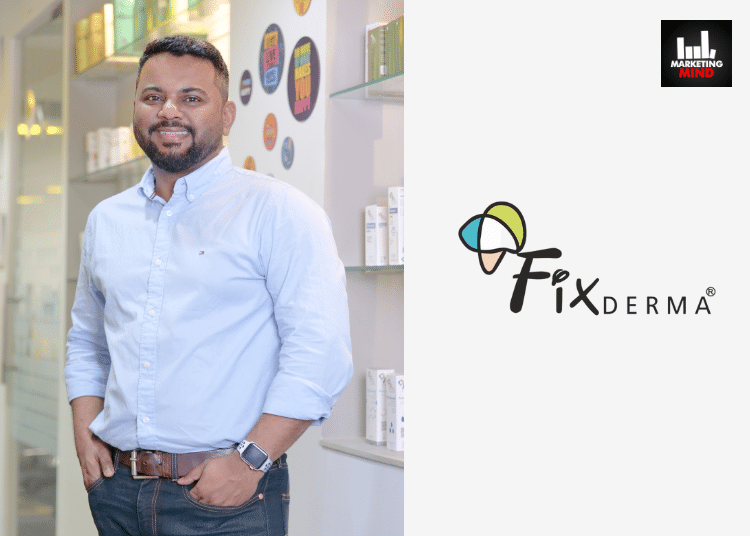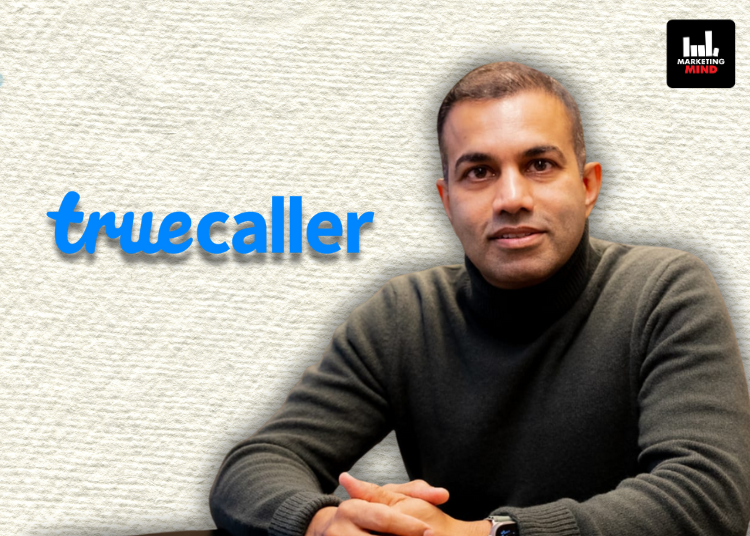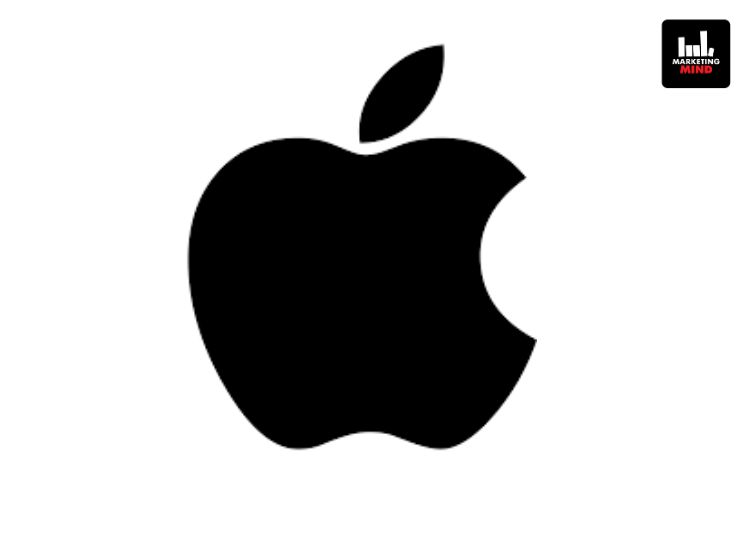Launched in 2010 as a pure-play cosmeceutical company by Shaily Mehrotra and Anurag Mehrotra, Fixderma has predominantly been known for being a brand which is ‘dermatologically recommended’ and therefore its pure play has also been on developing the same stature over the years.
But in times like today when most brands are diversifying their portfolio and launching products targeted at different niche audiences, it was also the time for the Mehrotra’s-owned company to go beyond the entire potpourri of dermats and target consumers directly in addition to exporting to over 40 countries.
In a candid conversation with Marketing Mind, Preetam Jena, Chief Marketing Officer and Head- e-Commerce, Fixderma, stated that since 12,000+ dermatologists were already recommending the brand in India and business was growing in terms of exports as well, the founders of Fixderma saw a potential growth in the e-commerce market, especially during Covid-19 since all the shops had shut down due to the nationwide lockdown.
And that’s precisely when the cosmeceutical company decided to go beyond being purely dermatologically recommended to building its own e-commerce distribution and recall amongst consumers, directly, to make money for themselves.
“When Fixderma explored the e-commerce way, it was only a matter of time that the company began seeing results therein as the brand’s recall was already high and the business was also sustained. And in just two years of tapping into e-commerce (by 2023), we had already made a sizeable base on e-commerce as it was contributing to over 25% of our sales, as against the previous 50-50 split wherein the business would come from dermats and exports, respectively and inclusive of white listing products as well. And as time passed, the share of e-commerce also grew to being a 30% contributor,” he said.
Commenting on the various sources of revenues for other dominant players in the market, Jena elaborated that while the legacy MNCs in the beauty space rake in almost 85% of their business from offline sales, the comparatively newer brands like Mamaearth, Minimalist, SUGAR, etc. would have a lion’s share of business coming in from online channels like Amazon, Flipkart, Nykaa, etc. as they have created their niche in their respective spaces.
Furthermore, he also explained that since categories like, for example Vaseline Body Lotion, are already big, it was smart on the new age beauty players’ end to not venture into that directly and rather take a route where they started with serums, functional face wash, etc. and then go on to sunscreens, which in his viewpoint, has been the tipping point for them to be established players in the category as the same has grown to be about 10-100x today.
“When I began speaking to the Mehrotras in 2023, we were clear that we had the muscle to grow bigger as we were already at an added advantage when it came to the non-MNCs in our space not just because we were dermatologically recommended but because we also have a factory of our own, unlike others who license it from elsewhere. And now that the company had already gone up from 0 to 1 on a scale of 1-10, I have come into the picture to create a lot of consumer brands per se, in the e-commerce space especially,” he said.
Delving further into the journey of Fixderma from being a pure play dermats recommended brand to creating its niche in the space, he emphasised that what needed to be done at the time of his joining was to get into the consumer space as the brand since time immemorial had been selling at a certain rate owing to the brand’s focus on developing only problem solving products and SKUs. And that’s how the inception of Fixderma’s Shadow, Negrifix and Foobetik happened and with the halo effect of dermats, the run rate of the same today stands at Rs 2 crores+ each month.
Apart from building Fixderma’s consumer care brands, what the cosmeceutical brand has also been focussed on over the past couple of years is partnerships- be it with Delhi Capitals during the IPL.
Sharing his take on the target demographics of Fixderma today, Jena stated that since 70-75% of the brand’s TG today comprises females, primarily working professionals from affluent families or the ones who can afford to visit dermats, the IPL wasn’t something that made sense brilliantly, but what it did help the brand to do was make space for its products on the shelves of different stores owned by grocery vendors as the impact sports property helps bolster quick brand visibility and awareness as part of the upper funnel marketing plans of brands.
“During the IPL, we covered a big ad spectrum via our TVCs which indeed served as a launching pad for us to increase our foot count to 2x-3x in terms of offline stores. Additionally, we also amped up our spends to be featured on PrimeTimes of Star Plus and ZEE to cover a vast chunk of the 35 years+ female segment, from a targeting standpoint,” he said.
Elucidating on Vani Kapoor’s role as the brand ambassador of Fixderma, he mentioned that the decision to rope her in was rooted in a FOMO as most skincare brands today have a brand face and therefore to remove the doubt factor in the brand’s perception, credibility and reliability the brand onboarded her as its brand face over two years back.
But despite targeting comparatively older women, what the brand was missing as per Jena was the young female GenZs, ranging in the age group of 15-25 years. Hence came into the picture the entire gamut of influencers and went on to encompass Splitsvilla, via in-show and contextual integrations and not direct product placements.
“Since we don’t have VC money at our end to burn, we spend and invest whatever we earn back to our business. But because we are already running PAT positive, we have an additional leeway to always push a certain amount into the business for growth. When I joined Fixderma, the target that was given to me was to grow the company’s business from e-commerce from X to 3X within one year and to 10X within three years’ and that won’t come without spending on ads. Hence, we’ve been upping our budgets with the revenues we generate within the system itself by keeping it as liquid as it can be,” he added.
Sharing his take on the tier-wise targeting and distribution of Fixderma’s products, he mentioned that out of all markets, tier-1 market is the easiest to crack as the audience therein is much more evolved and has a sense of awareness when it comes to brands and elements like Vitamin A, Retinol, etc. making it easier to sell and service them. However, as one steps into tier-2 and 3 markets, things get trickier as the audiences therein do not have as ready access to information and products which is why they heavily rely on e-commerce and mom-and-pop stores, making it the next big milestone for brands like Fixderma.
“The boom in consumer care products and services will eventually come from these markets and the same is dependent on the top cities as India is an aspirational market. Also, with the advent of social media, the awareness about skincare, ingredients, etc. is arising in these markets, including those of North East where certain pincodes are still non serviceable,” he said.
Concludingly, he also mentioned that the biggest volume driver in India is obviously the brick-and-mortar setup i.e- the offline setup as Fixderma is currently present in 25,000 stores, leaving more headroom for growth and he’s confident that as the business grows, both offline and online, by the end of this year, e-commerce will solely contribute to over 50% of Fixderma’s business.
















